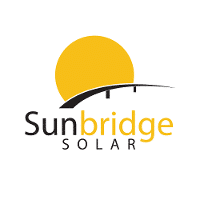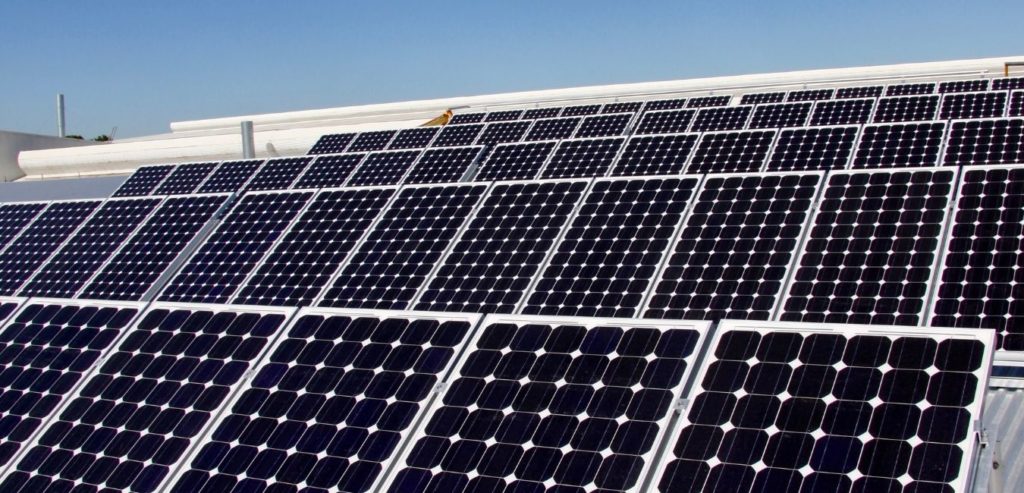What is the Solar Development Assistance Grant?
Energy Trust has launched an incentive program that provides solar grants for Portland businesses. This incentive, called Solar Development Assistance, is an amazing opportunity for local business owners, but grant applications can be complicated so we’ve created a guide to explain exactly what the Solar Development Assistance program is and whether you can apply for your business.
This program is designed to help offset costs and streamline the process for installing solar electric systems for Portland businesses. Upon approval of an application, the incentive will cover 90% of the cost of solar site evaluation, system design and engineering, and financial and technical feasibility studies, with a cap of $1,800. These costs can be prohibitively expensive, resulting in business owners not even exploring the option of installing solar systems. Oregon solar energy grants like this one make the addition of solar more attainable by mitigating the majority of the upfront costs.
The goals of this program are, first and foremost, to offset the upfront costs, but also to create installation standards for solar electrical systems in order to boost the performance and longevity of the systems and to form a network of solar trade allies (design firms, contractors, and installers who know the SDA program requirements) who can streamline the solar installation process for eligible business owners.
Who Is Eligible For The SDA Incentive?
In order to qualify for the Solar Development Assistance incentive, a few conditions must be met. The proposed solar electric system must be mounted on the roof, and the roof must be 1,500 or more contiguous square feet, unshaded, and unobstructed. The project owner needs to be a non-residential customer and possess the legal rights to install a solar electric system at the proposed site. Additionally, one or more of the four following criteria must apply:
The project owner of the site is a nonprofit or governmental agent.
The site qualifies as a new building project, meaning it is a new construction or major renovation project, and the project owner is part of Energy Trust’s New Buildings program. The new construction or renovation must be in early stages when it’s still possible to make changes if necessary to meet all the parameters of solar installation.
The project owner is currently in the process of applying for a Portland General Electric or Pacific Power utility grant for a non-residential project.
The project owner is considering a solar electric system that includes an advanced battery energy storage system. In addition to providing benefits to the project owner, an advanced battery energy storage system can provide backup power during an area outage, and benefits the entire utility grid.
What Is The Application Process For The SDA Incentive?
Project owners must work with a solar trade ally, who will submit the initial application that reserves the incentive before any work begins. This is done by submitting a signed Solar Development Assistance Incentive Application form, which includes a Feasibility Report Checklist.
Additionally, the application must include a bid for completing a Solar Feasibility Report that includes the cost of producing all the materials required by the Feasibility Report Checklist, taking into account the benefit of the SDA funding. If this initial application is approved, both the project owner and the solar trade ally will receive a written letter confirming the reservation of the incentive. Applicants can expect to hear back within two weeks.
Upon receiving the reservation letter, the solar trade ally has a period of nine months (called the SDA Incentive Reservation Period) in which to submit the completed Solar Feasibility Report and the required supporting documentation, in accordance with the Energy Trust requirements. This report must comprise of System Design Documents and System Proposal Documents. The design documents must include an electrical schematic diagram, a physical layout diagram, and a solar resource assessment. The proposal documents should include the following:
- An executive summary of the project that has descriptions of the key findings and the process of obtaining the report, as well as a projected timeline.
- A financial summary that outlines the estimated cost of the project, taking into account estimated tax credits, grants, incentives, etc. This should also include expected financial metrics for the next 10 to 30 years.
- An outline of any special considerations that will be necessary for permitting, zoning, design, etc.
- Additional relevant findings from the report, such as an assessment of the current roof life, plans and permits for utility interconnection, and any other spreadsheets or documents that support the feasibility study and report.
This report is then subject to technical design review by Energy Trust, to ensure that the proposed system meets all of the SDA requirements for installation. Again, applicants can expect to hear back within two weeks as to whether their project has passed the technical design review. Once it has been passed, the SDA incentive funds will be mailed as a check directly to the solar trade ally, within 30 days of approval.
Conclusion
For any commercial project, the Solar Development Assistance Grant is a no-brainer for the business owner looking to determine the feasibility of investing in solar power. Need assistance or have some questions? Our trained solar experts are here to guide you to cheaper electric bills.
Get started today by calling us at (360) 313-7190 or by requesting a free on-site consultation.


